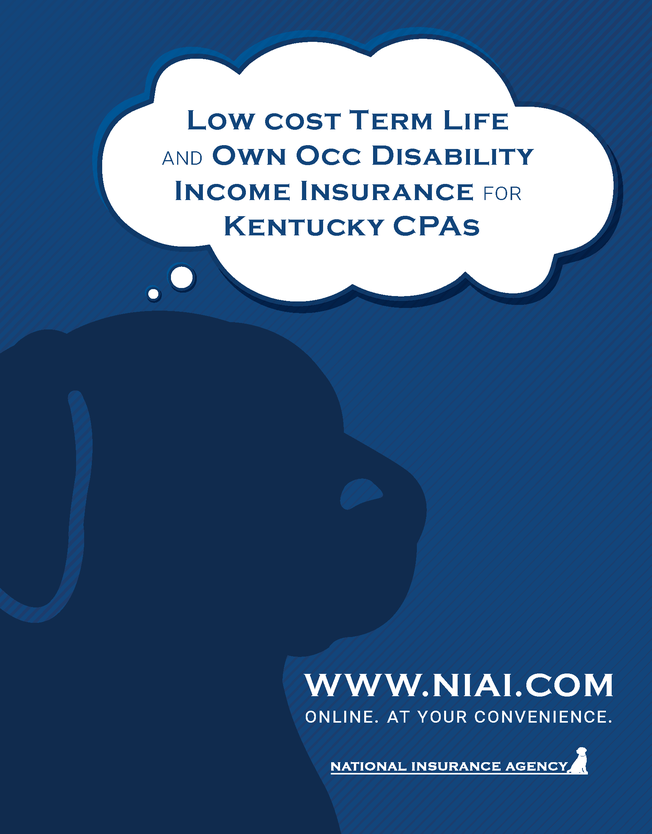Cover

Personality, problem-solving and the profession
Issue 2
April 22, 2022
By Christi Hayne, JD and Melissa Mattox, CPA
As the pace of change in our world accelerates, businesses rely on public accountants less to know all the rules and more to develop solutions. The upcoming changes in the CPA exam are intended to emphasize this increasing need for critical thinking, professional judgment and problem-solving skills. Although the needs of the profession are changing, are the professionals themselves changing? Personality plays a role in the development of higher-order thinking skills and the personality of accounting students has changed little over time.
Research relies on various psychometric instruments to define personality types. The Myers-Briggs Type Indicator (MBTI), a self-report questionnaire, is the primary instrument for determining personality type. The MBTI classifies each person into one of the sixteen personality types by identifying their preferences in how they perceive the world and how they make decisions. The MBTI categorizes the preferences into four groups:
- Introversion or Extraversion;
- Sensing or Intuition;
- Thinking or Feeling; and
- Judging or Perceiving.
The four preferences are combined into the personality type using a four-way interaction.
Although the four-way interaction is the result of the analysis, each preference in isolation or combination with others is equally as meaningful. For example, the Perception dichotomy, Sensing versus Intuition, describes what type of information individuals prefer. Sensing-preferred individuals prefer real and actual facts whereas Intuition-preferred individuals prefer patterns and meaning.
Although personality and ability are separate characteristics, there is a correlation between an individual’s Perception preference and their approach to solving problems. For example, those who rely more on Intuition over Sensing tend to be insightful and creative (Wheeler, 2001). Yang and Lin (2004) compared thinking styles and psychological types and Intuition types scored significantly higher than their Sensing counterparts in inference, deduction, interpretation, and flexibility. Eng (2010) found that Intuition types outperformed sensing types in four out of eight critical thinking skills, and in the remaining skills there was not a significant difference between the two. Overall, Intuition types more often exhibit the competencies that accounting industry stakeholders have been seeking.
In contrast, accounting students are traditionally Sensing types. Swain and Olsen (2012) found that 71 percent of the participants in introductory accounting courses in the 90s preferred Sensing over Intuition. This is a stark difference from college students in general, which only exhibit a 60 percent preference for Sensing (Swain & Olsen). This preference became even more pronounced as participants filtered from the introductory course to the accounting major. 81.4 percent of accounting majors in the study preferred Sensing and only 31 percent of non-majors were Sensing-preferred (Swain & Olsen). This statistic is notable as it indicates not only a correlation between personality and an attraction to accounting, but also between personality and academic performance in accounting. Over time, accounting students’ preference has remained stagnant. As recently as last year, Wetmiller and Barkhi (2021) found that 74 percent of students in upper and graduate-level accounting courses still preferred Sensing over Intuition.
The disparity between the dichotomies continues to grow as respondents choose a job or career in accounting. Studying accountants at big firms, Jacoby (1981) found that the Sensing preference was dominant in 53 percent of the participants. Otte (1984) found similar results in small, local firms where CPAs were primarily Sensing (65 percent). Using the same sample of accounting majors as above, Swain and Olsen (2012) found that 89 percent of the respondents who chose accounting as a long-term career were Sensing-preferred. The common thread through each study is the preponderance of the Sensing personality type, which only increased with time.
As the Sensing preference is common among both accounting students and accountants, it seems there are two relevant factors that explain the prevalence. First, there is an attraction of certain Perception types to college-level accounting classes; and second, the ability of certain Perception types to successfully complete accounting coursework. Given the long-standing success of Sensing-preferred individuals in the accounting profession, they can be expected to remain an overwhelming majority of our pool of CPA candidates. These Sensing types, however, lack certain desirable soft skills like problem-solving.
This presents faculty and CPA firms with the challenge of helping students and professional staff develop skills that don’t come naturally. In coordination with CPA Evolution, the AICPA has provided a wealth of resources and information about the material included on the CPA exam, but the profession also needs to be cognizant of the fact that thinking about that material in a new way is a challenge for the majority of CPA candidates. Accounting programs and the profession need to adapt to incorporate teaching critical thinking skills to Sensing individuals so that they can reach their full potential in their field.
About the authors: Christi Hayne, JD, is an Assistant Professor of Accounting and Accounting Program Director at Transylvania University. Melissa Mattox, CPA, is an Instructor of Accounting at Transylvania University.
Accounting Educators Conference (Virtual Only)
June 9-10 (9 a.m.-12:15 p.m. ET)
3.5 CPE hours per day (Attend Day 1, Day 2 or both days)
Topics include:
- How to manage stress and promote well-being during change
- Going from live to online and what worked for me
- Developing a data analytics mindset
- Big 4 firms: Universal application
- Keeping students in the CPA pipeline
- CPA Evolution panel and breakouts
Citations:
Eng, T. H. (2010). A study of personality type and thinking skill. 2010 International Conference on Science and Social Research (CSSR 2010). https://doi.org/10.1109/cssr.2010.5773795
Jacoby, P.F. (1981). Psychological types and career success in the accounting profession. Research in Psychological Type, 4, 24-37.
Otte, P. (1984). Do CPAs have a unique personality: Are certain personality types found more frequently in our profession? The Michigan CPA, Spring, 29-36.
Swain, M.R., & Olsen, K.J. (2012). From student to accounting professional: a longitudinal study of the filtering process. Issues in Accounting Education, 27(1), 17-52. https://doi.org/10.2308/iace-50076
Yang, S. C., & Lin, W. C. (2004). The relationship among creative, critical thinking and thinking styles in Taiwan high school students. Journal of Instructional Psychology, 31(1), 33–45.
Wetmiller, R.J., & Barkhi, R. (2021). Redefining the accountant’s personality: success or stagnancy? Accounting Research Journal, 34(1), 76-90. https://doi.org/10.1108/ARJ-02-2020-0042
Wheeler, P. (2001). The Myers-Briggs type indicator and applications to accounting education and research. Issues in Accounting Education, 16(1), 125–150. https://doi.org/10.2308/iace.2001.16.1.125

